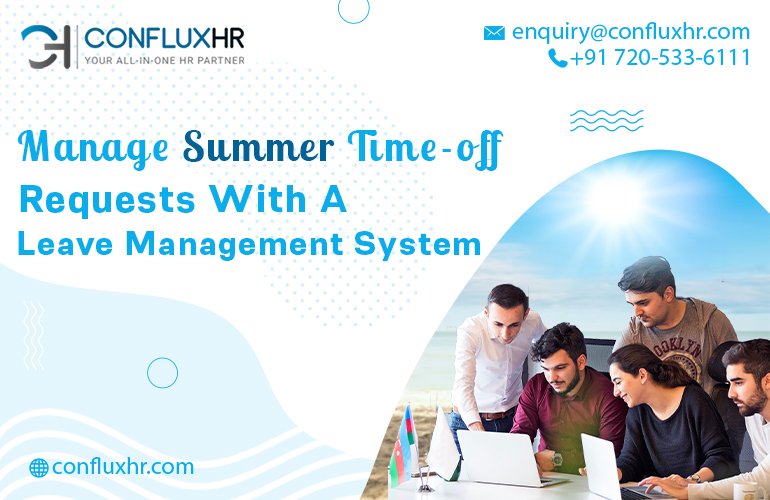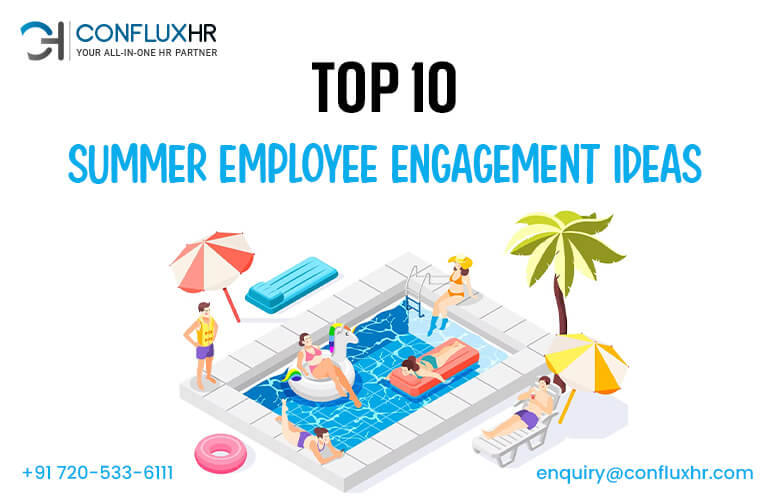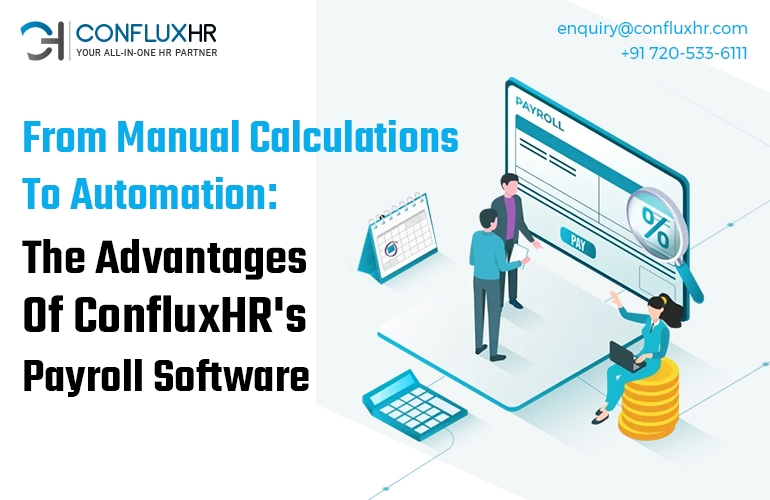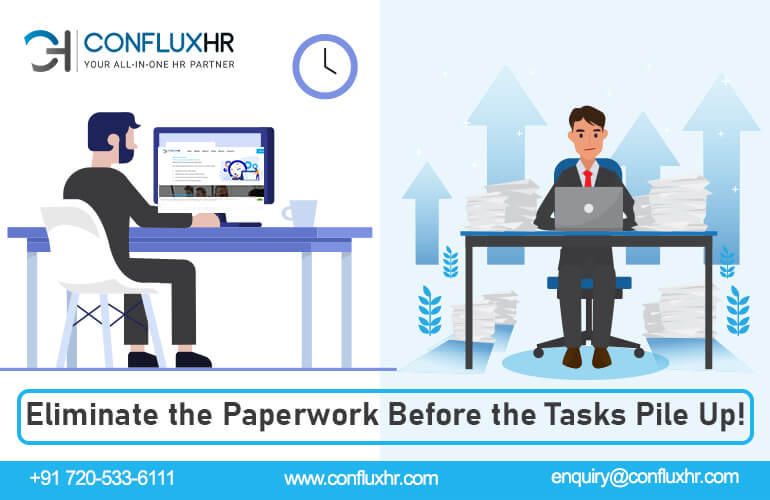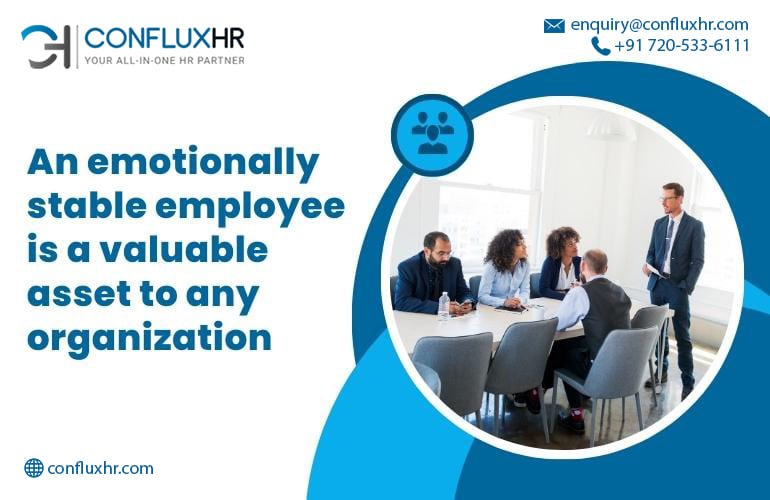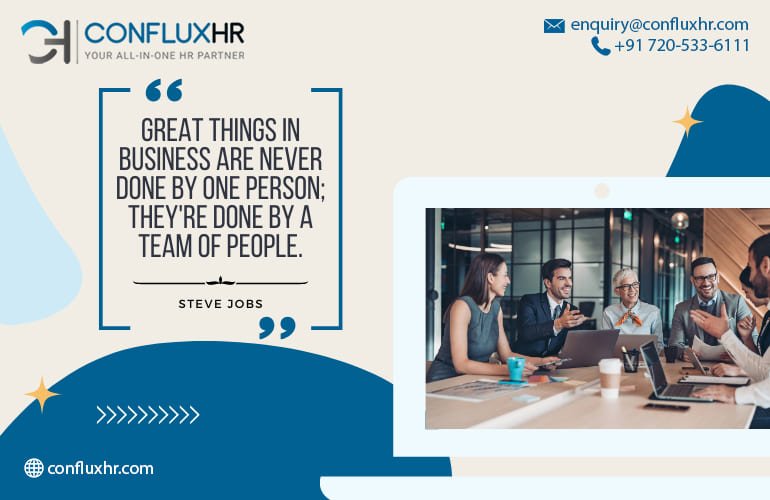Ah, summer—the season of sunshine, relaxation, and vacations. As a small business owner, you know how important it is to balance the needs of your employees for time off with the smooth operation of your business.
Navigating time-off requests can be a challenge, but fear not!
In this blog, we’ll explore the benefits of a robust leave management system for small businesses, helping you streamline the process and ensure a stress-free summer for both you and your employees.
The Summertime-Off Conundrum:
Summer brings a surge in time-off requests as employees eagerly plan vacations, family reunions, and well-deserved breaks.
Managing these requests manually can be overwhelming, leading to confusion, scheduling conflicts, and stressed-out HR managers. This is where an efficient leave management system comes to the rescue.
The Power of Automation:
A reliable leave management system automates the entire time-off request process, eliminating the need for tedious paperwork, back-and-forth emails, and confusing spreadsheets.
With just a few clicks, employees can submit their time-off requests, and managers can easily review, approve, or reschedule them, all within the system.
Simplified Scheduling:
One of the greatest advantages of a leave management system is its ability to provide a real-time view of employee availability.
By centralizing time-off data, you can effortlessly manage staffing levels, allocate resources effectively, and avoid scheduling conflicts. It’s a game-changer for maintaining smooth operations during the summer months.
Enhanced Transparency and Fairness:
Transparency is crucial when it comes to time-off requests. With a leave management system, employees can easily view the availability of their colleagues, promoting fairness and collaboration.
The system ensures that everyone has equal opportunities to plan their time off, fostering a positive work environment and minimizing conflicts among team members.
Efficient Tracking and Reporting:
Tracking and reporting time-off data manually can be a time-consuming and error-prone process. A leave management system generates accurate reports, allowing you to analyze trends, monitor attendance, and make informed decisions based on reliable data.
It helps you identify patterns, plan for peak vacation periods, and allocate resources accordingly.
Customizable Policies and Notifications:
Every business has unique leave policies. A leave management system enables you to define and customize policies specific to your business needs.
From setting maximum vacation limits to configuring approval workflows, you have complete control.
Moreover, the system can automatically send notifications and reminders to employees and managers, ensuring timely communication and reducing administrative burdens.
Conclusion
Don’t let summertime-off requests overwhelm you! A robust leave management system empowers small businesses to efficiently handle time-off requests, ensuring smooth operations, enhanced transparency, and fair scheduling.
By automating the process, tracking data accurately, and providing customizable policies, you can enjoy a stress-free summer while keeping your employees happy.
Investing in a reliable leave management system, like ConfluxHR’s comprehensive HR software, will transform the way you handle time-off requests.
Embrace the power of automation, simplify your scheduling, and create a harmonious work environment this summer and beyond. Your employees will thank you, and your business will thrive!
So, gear up for the summer season with ConfluxHR’s leave management system and bid farewell to the time-off request conundrum.
Enjoy the sunshine while ensuring a seamless operation for your small business!


